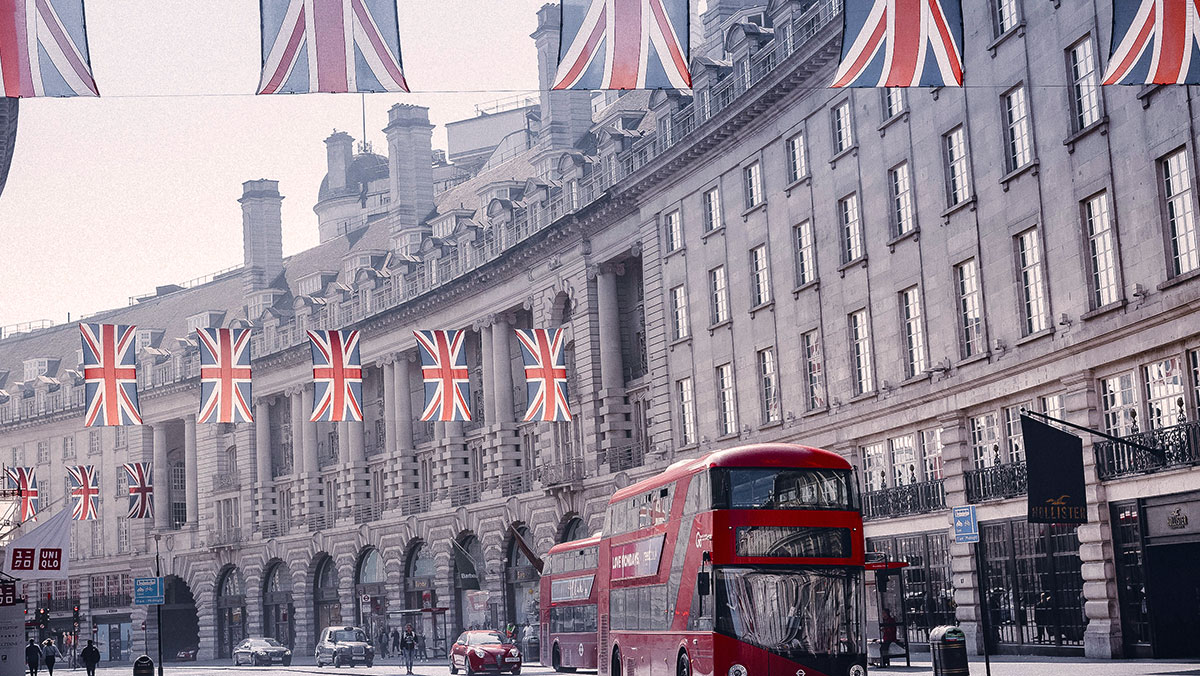
Over the past two decades, we’ve witnessed the rapid rise of globalization, borderless working, Brexit, and a pandemic, to name just a few. And each with their own sets of wins and losses. Looking at the UK specifically, a fair amount of beloved British brands from days gone by have fallen victim to these rapid changes of our 21st century.
Many of us talk fondly of the ‘good old days’ when there was a Woolworths, a BHS, and a C&A on the local high street. However, the onset of technology, shifts in consumer behaviors, and new business models quickly pulled the rug from underneath, leaving them stunned and stagnant.
But, ultimately, the root cause of their demise is that they didn’t attract or adapt to younger audiences. It’s always been a delicate balancing act: Staying true to your loyal customer, whilst attracting the next generation. One foot in today, one in tomorrow. Easier said than done.
Brands of yesterday
What brands often do in situations of major upheaval is try to appeal to all, and therefore we have an overload of choice. By the end of its run, what was Woolworths? Was it a sweetshop, bookshop, stationery shop, or a clothes shop? On the other hand, BHS had a gift in its name – British Home Stores. Why couldn’t BHS have been a beacon for British furniture and interior design, nurturing young designers and talent? Think of a more mainstream and affordable Heals; there was a gap in the market with Habitat flailing. But instead, BHS became RIP.
One I never expected to come so soon was Topshop. I was a Topshop and Topman fan in my late teens and early twenties, and just assumed the eighteen-year-olds of today were too. With its flagship on Oxford Street, Topshop was well placed to do something unique and influence the future of retail experiences. But the space wasn’t used to its full potential. While there were efforts – a curated vintage section, a barber, more premium brands on the top floor – it was never pushed far enough. The brand had the potential to become a mini department store, teaming up with other brands and experiences to create a world that consumers want to hang out in. You only had to walk next door to Nike, where there was a basketball court and a DJ.
Online success
The rise of online brands certainly hasn’t helped. We can’t ignore the fact that this is the way younger generations shop, but that doesn’t mean the role of physical shopping spaces is dead. While this piece started by looking at British brands that are no longer on the high street, what’s reassuring to see is that there are new online British brands that are great success stories. These are the brands attracting the younger shoppers.
Take activewear brand Gymshark, founded in 2012 by student Ben Francis in Solihull and now worth an estimated $1 billion. We’re also seeing influencers and individuals becoming brands, launching their own products and clothing ranges: Grace Beverley, CEO and Founder of Tala, and Louise Thompson, Founder of Pocket Sport. In some ways, this is history repeating itself – young, talented, entrepreneurial individuals spotting a gap in the market and filling it with a great brand. That’s exactly what people like Harry Gordon Selfridge (Selfridges) and Michael Marks and Thomas Spencer (M&S) did a century before.
Brand-led creativity and innovation
A strong brand positioning and knowing what you stand for can help you ride the decades. Done well, this can form deep connections with customers while staying open-minded in ever-changing times.
Harvey Nichols (founded in 1831) and Selfridges (founded in 1906) demonstrate that it can be done. Both brands have stood the test of time through a razor-sharp brand identity and purpose. The Oxford Street home of Selfridges has become part of its DNA, the brand has created signature moments with its yellow and black bags and even features in popular culture; remember that scene from Love Actually with Rowan Atkinson and the late Alan Rickman? Selfridges is not afraid to embrace the new, and so, decade after decade, the brand remains relevant. When you compare this with brands like Woolworths (founded in 1879) and C&A (founded in 1841), it really does show age is just a number. Woolworths originally had a beautifully crafted logo, which sadly eroded over time until no distinction was left and only ordinary reigned.
We’re seeing signs of some heritage retail brands starting to think differently and innovating. This works when it feels authentic for the brand, but it’s also extremely valuable in terms of business (and market) transformation. John Lewis is one of the first big retailers thinking outside of its own immediate sphere and diversifying into new spaces altogether. By giving up part of its retail estate to create houses and flats, the brand is set to build 10,000 homes to rent over the next few years. They will be equipped with John Lewis products and Waitrose conveniences stores at the entrances, creating a nirvana for fans of the brand – a world where they can live, shop, and eat at John Lewis every day.
Last call at the checkout
It seems only a handful of British heritage brands will survive long term, and there aren’t many left. The ones that continue to thrive are those who keep an eye on both today and tomorrow, but do so in a way that is intuitive to what makes them unique and extraordinary versus the competition.
To avoid joining the others before them in the graveyard, our remaining beloved British brands must understand the customers of today and be unafraid to take bold leaps to attract them.
Cover image source: Irina Aksenova